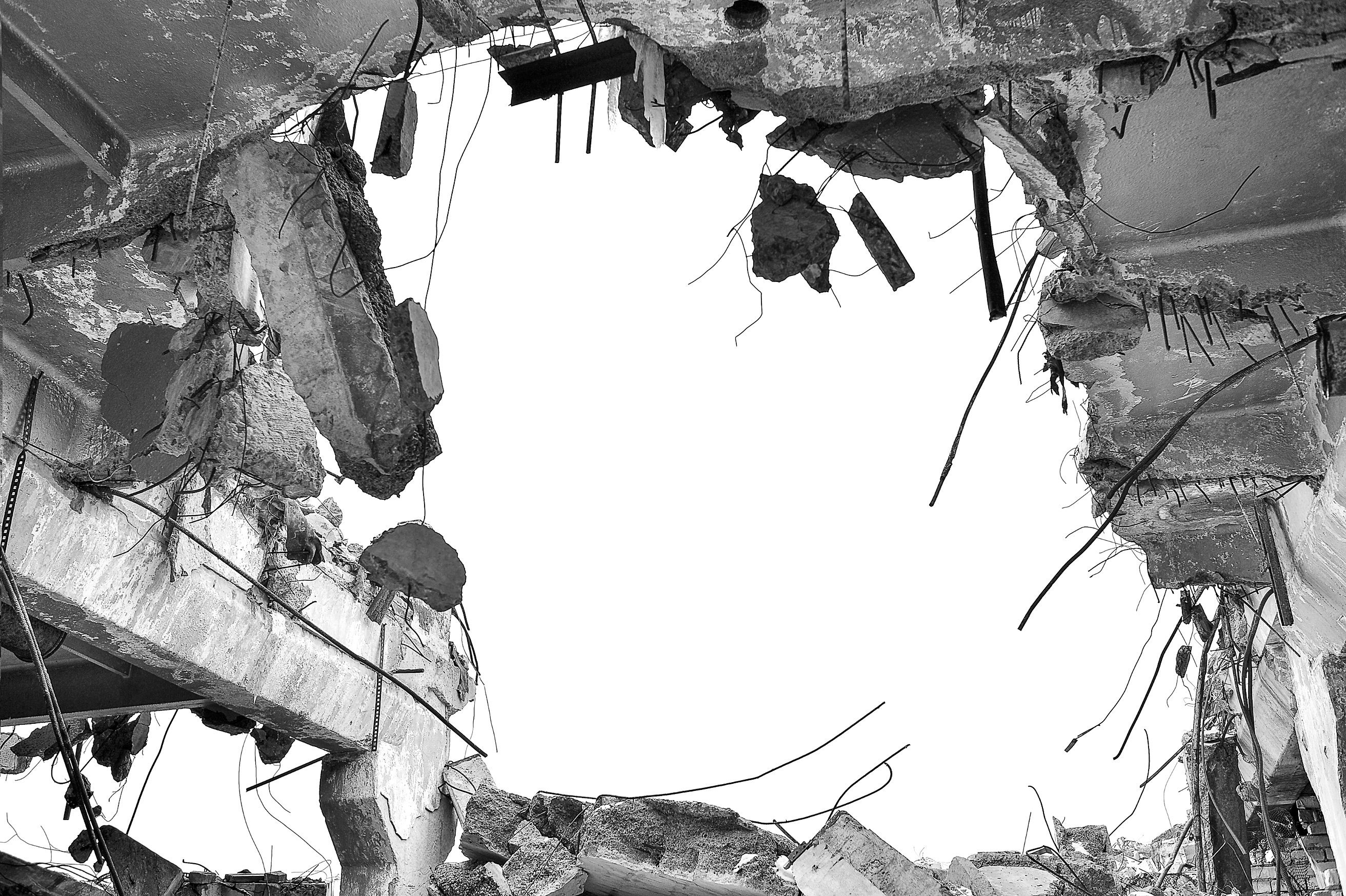Watch Concrete Explode As Scientists Probe Weird Phenomenon

Little known fact: Concrete can explode. And now scientists know why.
In a new study, researchers from Empa, the Swiss Federal Laboratories for Materials Science and Technology, heated concrete up to 600 degrees Celsius (1,112 degrees Fahrenheit) and watched it go kaboom. The reason for the explosions, the researchers found, was the way tiny amounts of moisture locked inside the concrete vaporized and moved when heated.
Concrete explosions can be particularly dangerous results of fires that affect bridges or tunnels, according to a statement. In March 2017, a bridge on Interstate 85 in Atlanta partially collapsed after a fire in a storage unit under the bridge damaged the structure's concrete and steel. In 2003, a fire caused the collapse of a reinforced-concrete building in Hengyang, China, and the incident killed 20 firefighters. [Lessons from 10 of the Worst Engineering Disasters in US History]
Going boom
Concrete, in its simplest form, is made of cement, sand and water. But major construction projects such as bridges, tunnels and skyscrapers use high-performance concretes, which have additional ingredients or use special drying methods to improve their durability and strength.
But heat them to over 392 F (200 C), and high-performance concretes become vulnerable. They can even explode, sending chunks of concrete shooting away from the main block.
To find out why, Empa researchers joined scientists at the University of Grenoble in France and the Laue-Langevin Institute in Grenoble to watch concrete get hot. The researchers tracked the interior of the heated concrete in real time using neutron tomography, which relies on the absorption of neutrons to create a 3D image.
Under pressure
The images revealed that high-performance concrete explodes because of the same properties that make it strong: It has very few pores, and those pores are tiny. When heated, water locked up in the concrete moves away from the source of heat and vaporizes. Because the concrete is so dense and impermeable, the water and steam get stuck. With no way to vent the buildup of pressure, parts of the block blow off.
Sign up for the Live Science daily newsletter now
Get the world’s most fascinating discoveries delivered straight to your inbox.
Even when the source of heat is removed, the researchers found, the explosions can still occur until the internal pressure falls. In one experiment, a chunk of concrete flew toward the scientists' recording equipment after the heat was turned off, knocking over an innocent timer.
The results should help scientists understand how moisture moves during catastrophic fires, the researchers wrote last year in the journal Cement and Concrete Research.
- Shocking Images Reveal Massive Damage to California Reservoir
- 5 Famous Dam Failures
- Top 10 Greatest Explosions Ever
Originally published on Live Science.

Stephanie Pappas is a contributing writer for Live Science, covering topics ranging from geoscience to archaeology to the human brain and behavior. She was previously a senior writer for Live Science but is now a freelancer based in Denver, Colorado, and regularly contributes to Scientific American and The Monitor, the monthly magazine of the American Psychological Association. Stephanie received a bachelor's degree in psychology from the University of South Carolina and a graduate certificate in science communication from the University of California, Santa Cruz.









